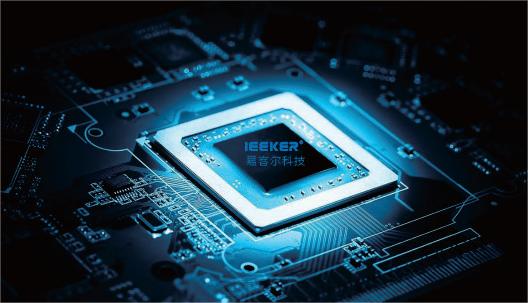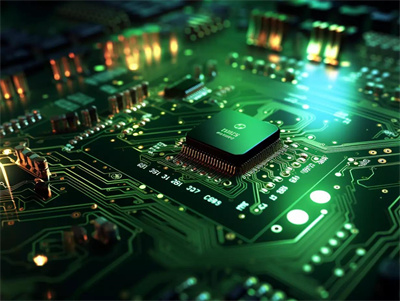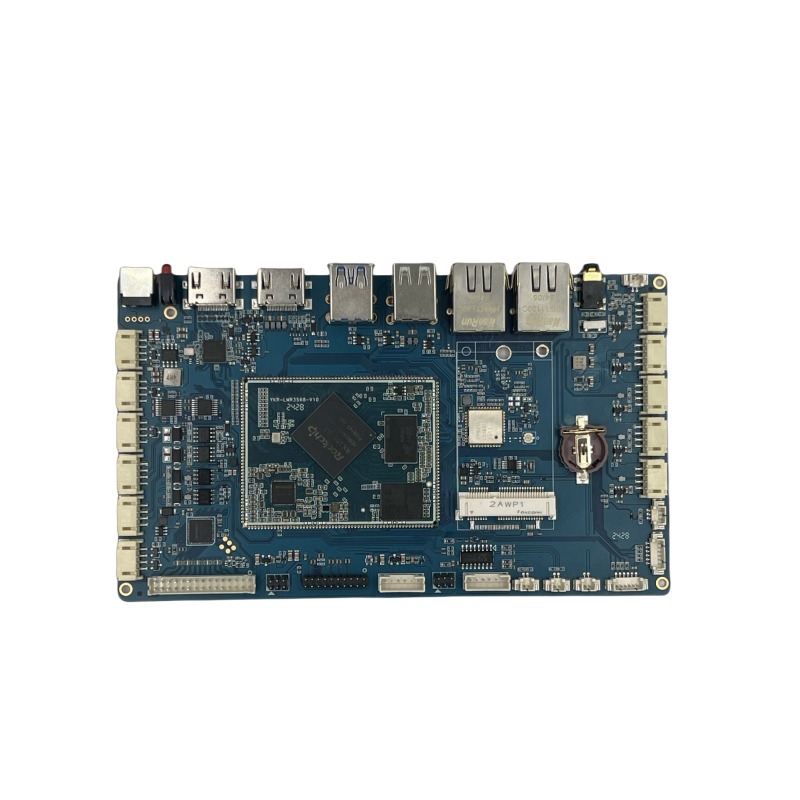-
 View Details ➜
View Details ➜Differences between Integrated Board and Core Board + Baseboard
The text compares integrated boards and core board + baseboard setups. Integrated boards combine CPU, memory, storage, and I/O on a single PCB, are highly integrated and compact, but offer limited customization, simplify hardware design, have higher upfront costs, involve whole - board replacement for maintenance, and are preferred for consumer electronics and IoT. Core board + baseboard setups have a modular design with the core board holding essential components and the baseboard providing expansion interfaces. They offer high flexibility, require more complex hardware design, can reduce long - term costs, allow component - level upgrades, and are common in industrial, medical, and edge computing applications. Developers can select the appropriate architecture based on project requirements for flexibility, cost, and time - to - market.
-
 View Details ➜
View Details ➜How is the performance of RK3588
RK3588 is a high - performance processor from Ruixin Microelectronics, used in high - end tablets, ARM PC, edge computing, servers, etc. It has an eight - core CPU (4 Cortex - A76 large cores up to 2.4GHz and 4 Cortex - A55 small cores up to 1.8GHz) for multitasking. The integrated Mali - G610 MP4 GPU supports OpenGL ES 3.2 and Vulkan 1.1 for gaming. With a 6TOPS NPU, it supports deep - learning inference. It can handle 8K@60fps H.265/H.264 video decoding and multiple 4K display outputs. It supports LPDDR4X/LPDDR5 memory and high - speed storage interfaces. It has fast network connectivity via 2.5GbE Ethernet and Wi - Fi 6 and multiple expandable interfaces. It has good power - consumption control but needs a proper heat - dissipation design. It's applicable in consumer electronics, industrial applications, and servers, excelling in AI and multimedia processing.
-
 View Details ➜
View Details ➜The difference between core board and development board
Core board and development board are both important in embedded system development but have clear differences. The core board packages MINI PC's core functions, integrating CPU, storage, etc., mainly for the core processing of embedded systems, offering high - performance computing and control. It connects to a baseboard via pins. The development board is for developing, learning, and testing embedded systems, containing the underlying hardware platform and peripherals. In terms of hardware, the core board has a processor, memory, and basic interfaces, focusing on high performance and stability with high integration. The development board has rich peripheral resources in addition to the basic components, emphasizing ease of use and extensibility. The core board is more used in large - scale production embedded systems and suits high - performance, high - integration scenarios like smart home and industrial automation. The development board is for initially verifying hardware design and software development convenience, suitable for beginners and the initial stages of embedded system development, as well as teaching and research. When choosing, one should consider specific application requirements and development stages.
-
 View Details ➜
View Details ➜Development board design process
The design process of a development board involves several key steps: preliminary preparation, schematic design, PCB design, rule checking and optimization, file output and manufacturing, testing and debugging, and document writing and archiving. Preliminary preparation includes understanding requirements and selecting components. Schematic design involves drawing circuit diagrams and adding markings and annotations. PCB design includes layout and wiring, followed by copper plating and via processing. Rule checking ensures the design meets electrical and manufacturing requirements. Manufacturing files are output for production, followed by functional testing and debugging. Finally, detailed documents are written and archived for future reference. This process ensures the performance and reliability of the development board.
-
 View Details ➜
View Details ➜Customization process of development board
The customized development board process involves several key steps: requirement analysis, overall scheme design and review, hardware design and review, sample production, debugging and testing, data archiving and acceptance, and batch production with subsequent maintenance. Each step is crucial for ensuring the quality, cost, and development time of the product. The process requires careful attention to functional requirements, performance, and usage environment, as well as rigorous testing and quality control to meet design and customer needs.
-
 View Details ➜
View Details ➜Advantages and Disadvantages of Custom Development Boards
Advantages
High customization:
Custom development boards can be precisely designed according to specific project requirements to ensure that all components and interfaces meet the needs of specific application scenarios.
Allow developers to flexibly select components such as processors, memory, storage, peripherals, etc. according to project requirements to achieve the best balance of performance and cost. -
 View Details ➜
View Details ➜Features of Commercial Display Development Board
Commercial display development board, as a development platform designed for the commercial display field, has a series of unique features, which are mainly reflected in the following aspects:
1. High-performance processor
Commercial display development board is usually equipped with high-performance processors, such as RK3588, RK3568, RK3288, etc. These processors have powerful computing power and efficient energy consumption management, and can support complex application scenarios and high-definition video processing requirements. For example, RK3588 supports dual HDMI output, up to 7680*4320 60HZ, supports dual Gigabit Ethernet, and can be equipped with WIFI6 module, etc., providing strong hardware support for commercial display devices. -
 View Details ➜
View Details ➜What is the difference between an Android development board and an ordinary computer motherboard?
There are significant differences between Android development boards and ordinary computer motherboards in many aspects. These differences are mainly reflected in functions, uses, hardware architecture, development environment, and application scenarios.

Address:Room 510, Xindongxing Business Center, Liuxian Avenue, Bao'an District, Shenzhen
Phone:+86 18124167969

